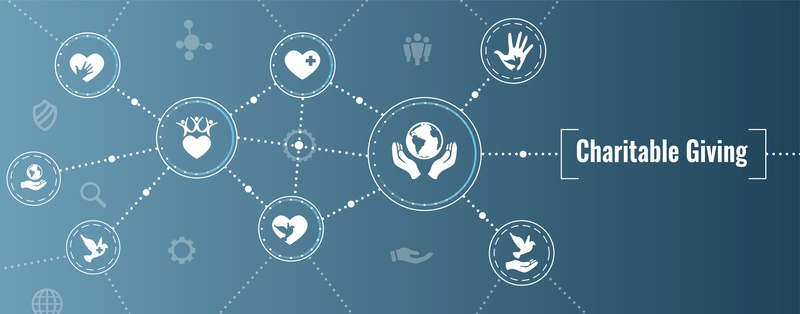Substantiating Charitable Contributions
Published:The IRS has recently published final regulations on the substantiation rules for claiming a charitable deduction. The regulations, in their final form, are not significantly different from the proposed regulations that were published years ago and what have been the current IRS policy on establishing substantiation for a charitable deduction, but it is still important to be aware what the final regulations say.
The final regulations cover the rules for contributions of both cash and property (noncash contributions) at varying amounts.
To claim a deduction for cash contributions of less than $250, the donor must maintain a record of the contribution. This record can a bank record (cancelled check, bank or credit card statement) or written communication from the donee organization. This written communication can be an e-mail, letter or receipt and must show the name of the donee, the date of the contribution, and the amount of the contribution.
For cash contributions of $250 or greater, the donor must receive contemporaneous written acknowledgement from the recipient. This is a more formal form of documentation than just the written communication, where the donee organization must also state that they are a 501(c)(3) charity that can receive tax deductible contribution and that the donor has received no goods or services in exchange for their donation.
There are various sets of rules pertaining to noncash contributions, but in all cases, it is ultimately the responsibility of the donor, and NOT the donee organization, to establish the fair market value of the donated item(s) to determine the amount of the deduction.
For noncash contributions valued as less than $250, the donor must simply obtain a receipt from the donee or keep reliable records. For noncash contributions valued $250-$499, the donor is required to obtain contemporaneous written acknowledgement of the donation (same as they would receive for cash donation). But remember, the donee organization does NOT provide a value of the donation in the written acknowledgement, just a description of the items donated. For noncash donations of $500-$4,999, the donor still must obtain contemporaneous written acknowledgement, but now must complete Page 1 of Form 8283 and include form this with their annual tax return.
For noncash contributions of $5,000 or greater, in addition to obtaining written acknowledgement, Page 2 of Form 8283 must be prepared, and the donated items are required to be valued by a qualified appraiser. Form 8283 must also be signed by the taxpayer, the qualified appraiser AND the donee organization. The most significant change in the new regulation is the definition to who is considered a qualified appraiser. While an appraisal for donated items of $5,000 or more has always been a requirement, now a qualified appraiser must be a person who has verifiable education and experience in valuing the relevant type of property for which the appraisal is performed.
All the rules listed above go into effect for any charitable donation made on or after July 30, 2018, except for the new definition of who is a qualified appraiser, which goes into effect on January 1, 2019.
Except for Form 8283 and the written appraisal report, none of this is required to be submitted to the IRS when you file your tax return. However, in the event of an IRS examination or audit, the IRS can request this documentation to substantiate the charitable deductions that you claim on your return.
If you have any questions on these new final regulations and how they might pertain to your tax return, please contact us.
